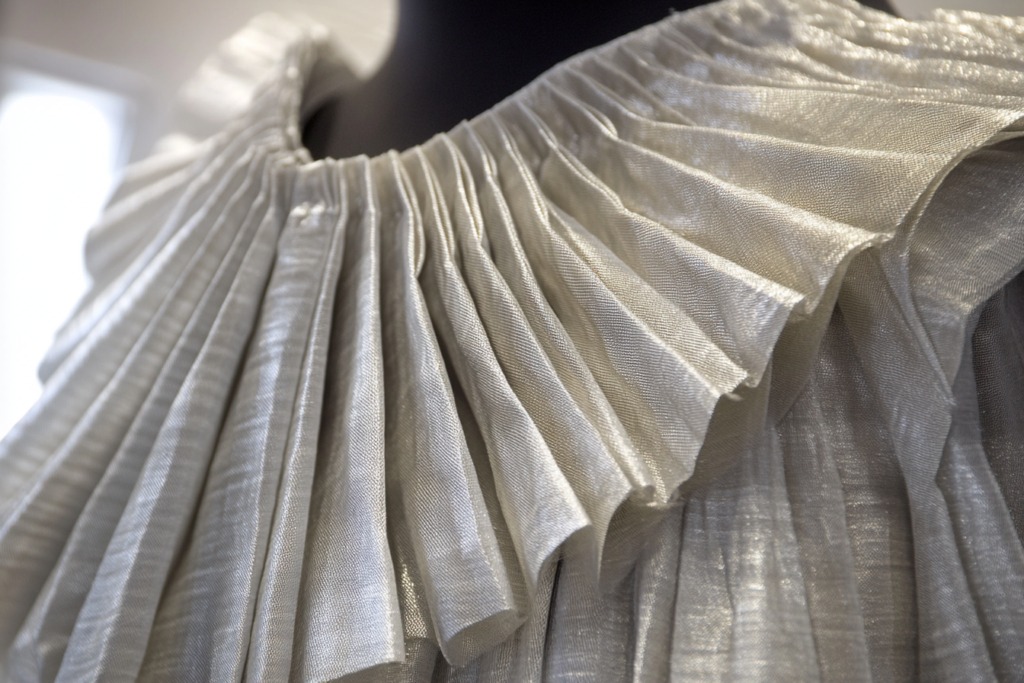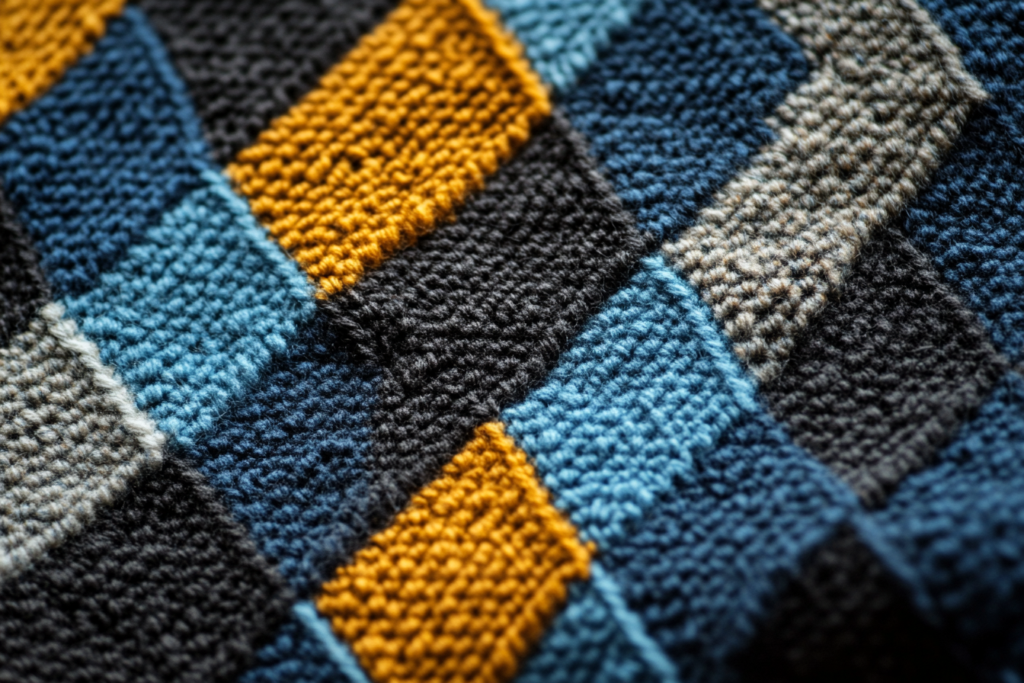Baby Doll Dress: A Classic and Feminine Dress Style
Definition of Baby Doll Dress
A baby doll dress is a style of dress characterized by its short length, pleated or gathered design, and draped fabric from a yoke. This dress style was originally designed for children and infants in the early 20th century, but over time, it became a popular choice for women’s fashion due to its youthful, playful, and relaxed silhouette.
The baby doll dress typically features a loose fit, making it comfortable while maintaining a feminine and stylish appearance. It is often made from lightweight fabrics such as cotton, chiffon, or silk, making it suitable for both casual wear and more formal occasions.


Origin and History of the Baby Doll Dress
The baby doll dress first emerged in the early 20th century as a practical and comfortable dress for children and infants. The design was meant to allow freedom of movement while still looking elegant and refined.
In the 1950s, the baby doll dress became associated with women’s nightwear, featuring soft, flowing fabrics and delicate embellishments such as lace and ruffles. By the 1960s, the dress style evolved into a popular fashion trend, embraced by designers who introduced shorter, more structured versions that became a symbol of youth and rebellion.
During the 1990s, the baby doll dress resurfaced in pop culture, often paired with grunge-style accessories, showing its versatility and timeless appeal. Today, it remains a wardrobe staple, frequently appearing in modern runway collections, street fashion, and casual everyday wear.
Characteristics of the Baby Doll Dress
The baby doll dress is defined by several key characteristics:
1. Short Length
Most baby doll dresses are designed to fall above the knee, creating a playful and youthful look. Some variations may be slightly longer, but the signature style remains short and flared.
2. Pleated or Gathered Skirt
The loose and flowy skirt is a defining feature of the baby doll dress. It is often pleated or gathered from the yoke, giving the dress a soft, feminine touch.
3. Draped from a Yoke
A yoke is a fitted section of the dress at the shoulders or bust, from which the rest of the fabric loosely drapes down. This feature allows for ease of movement and comfort.
4. Lightweight and Soft Fabrics
Baby doll dresses are usually made from materials like cotton, chiffon, satin, or silk, enhancing their airy and delicate appearance. These fabrics contribute to the dress’s relaxed fit and stylish flow.
5. Decorative Elements
Many baby doll dresses include additional decorative details such as:
- Lace trims for a vintage-inspired look
- Ruffles and bows to enhance femininity
- Sheer or embroidered overlays for a more sophisticated appeal
Different Variations of the Baby Doll Dress
The baby doll dress comes in several variations, adapting to different fashion trends and personal styles:
1. Classic Baby Doll Dress
The original version features a loose fit, gathered waist, and a soft, flared skirt, maintaining its early 20th-century charm.
2. Modern Fitted Baby Doll Dress
Contemporary designs often add shaping elements like darts or waistbands, making the dress slightly more structured while keeping its signature short and youthful style.
3. Layered Baby Doll Dress
Some versions include multiple fabric layers, ruffles, or lace details, adding a voluminous and dramatic effect to the dress.
4. Bohemian-Inspired Baby Doll Dress
This style is often seen with floral prints, bell sleeves, and flowing silhouettes, catering to a more relaxed, boho-chic aesthetic.
5. Formal and Party Baby Doll Dress
For evening wear, some baby doll dresses are made with luxurious fabrics like silk or satin, featuring beaded embellishments or fitted bodices for a more refined look.
Modern Uses of the Baby Doll Dress
Today, baby doll dresses are widely worn for different occasions, ranging from casual daily wear to high-fashion runway looks.
1. Everyday Casual Wear
Many women opt for baby doll dresses as comfortable everyday outfits, pairing them with sandals or sneakers for a relaxed yet stylish appearance.
2. Festival and Boho Fashion
Baby doll dresses are a staple in bohemian and festival fashion, often worn with ankle boots, oversized hats, and layered accessories.
3. Party and Event Wear
Fancier versions of the baby doll dress are frequently worn at cocktail parties, evening events, and date nights, styled with heels and statement jewelry.
4. Maternity and Comfort Wear
Due to their loose fit, baby doll dresses are often chosen for maternity fashion, providing comfort while maintaining a chic and flattering look.
Why the Baby Doll Dress Remains Popular
1. Timeless Appeal
The baby doll dress has remained relevant in fashion for over a century, continuously adapting to modern trends while keeping its classic silhouette.
2. Universally Flattering
Its loose and flowy nature makes it a flattering option for various body types, offering both comfort and elegance.
3. Versatile Styling Options
A baby doll dress can be styled for different seasons and occasions, making it a must-have in many wardrobes.
4. Effortless and Chic
With minimal effort, the baby doll dress provides an instantly stylish look, making it a go-to choice for many women.
Conclusion
The baby doll dress remains a fashion staple, blending youthful charm with timeless elegance. Whether you prefer casual, vintage, bohemian, or party-ready styles, there is a baby doll dress for every occasion. With its rich history, feminine appeal, and versatile design, this dress continues to be a beloved wardrobe essential.
Fashion designers, brands, and retailers looking to expand their collection with trendy yet timeless pieces should consider the baby doll dress as a must-have item for their fashion line.



